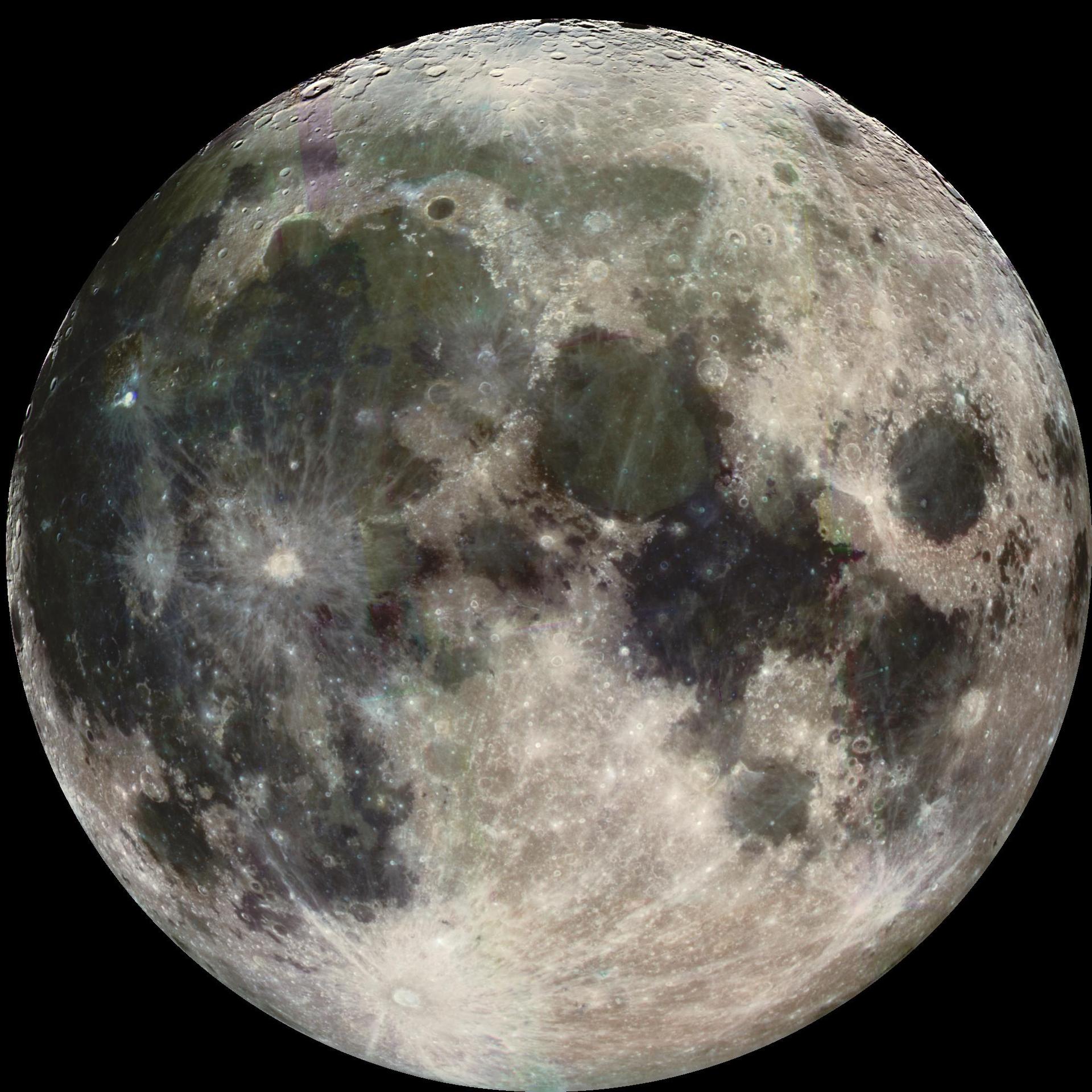Andrew Kingdom
Our Moon: A Celestial Companion
The Moon, our closest celestial neighbor, has a deep influence on our life on Earth.
Size and Distance:
- Moon’s Size: Roughly 1/4th the size of Earth, with a diameter of about 3,474 kilometers.
- Earth’s Size: A terrestrial planet, Earth boasts a diameter of approximately 12,742 kilometers.
- Sun’s Size: A massive star, the Sun dwarfs both Earth and Moon, with a diameter of about 1.39 million kilometers.
- Distance: The Moon orbits Earth at an average distance of 384,400 kilometers, while Earth orbits the Sun at a staggering 149.6 million kilometers (about 400 times further!).
Composition and Formation:
- Moon: Primarily composed of rock and dust, likely formed from a massive collision between a young Earth and a Mars-sized object.
- Earth: A rocky planet with a diverse surface, including continents, oceans, and an atmosphere.
- Sun: A giant ball of hot, glowing plasma, primarily composed of hydrogen and helium.
Eclipses:
Solar eclipses, the awe-inspiring phenomenon of the Moon passing between Earth and Sun, blocking almost all sunlight (except around the edges), is due to the remarkable fact that when seen from Earth, the size of the Moon appears to have the same size as the Sun and can thus hide the Sun temporarily. Although the Sun is about 400 times larger than our Moon (pay attention to this!), the Sun is almost 400 times more distant than the Moon. If the distance or size of either the Moon or the Sun were different, we would not get such eclipses. It’s remarkably well-matched. Put another way, it’s like a tourist photo of a person pretending to hold up the Leaning Tower of Pisa; the person is far smaller, but because the person is also much closer to the camera, both the person and the tower appear to be of similar size. This happens about every 18 months and varies in location of the darkest point of the Moon’s shadow on the Earth.
Lunar eclipses are when the Earth casts its shadow on the Moon. We say there is ‘no moon’. The Earth’s shadow at the distance of the Moon is significantly larger than the Moon itself (roughly 2.6 times the diameter of the Moon). This happens about 3 times per year. A ‘new Moon’ (no visible Moon) is different and the Moon is darkened by its own shadow, as the sun is on the far side of it. This occurs about every 29.5 days (about 12.4 times per year), from which we get the English word month (moon-th).
Brightness:
- Full Sun’s Brightness: Direct sunlight on Earth can easily exceed 100,000 lux, and midday sunlight may measure 130,000 lux.
- Full Moon’s Brightness: Full Moon: A full moon typically provides illumination levels between 0.1 and 0.3 lux on Earth.
(Lux = unit of illumination, in lumens per metre square.)
The Moon receives about as much direct sunlight as the Earth, being roughly the same distance as the Earth from the Sun, which is 400 times further than the Moon. This assumes clear skies on the Earth because our atmosphere very slightly blocks sunlight. The Moon does have a detectable atmosphere, but it’s so thin that it’s barely considered an atmosphere in the traditional sense. Thus the sunlight hitting the Moon’s surface is only a little brighter than the midday Sun on Earth.
Moonlight on Earth (sunlight reflected off the Moon) is about 500 times more dim than the sunlight hitting the Earth. This is mostly due to the albedo (reflectivity) of the moon’s surface material (it’s not very reflective, typically only 12%) and varies a little depending on the angle that the Sun’s light hits the Moon’s surface. The inverse square law of the dissipation of light over distance is not important so far as the difference in the Moon’s distance from the Sun as it orbits the Earth, since there’s only a variation of about 1/400th (a quarter of one percent) difference in the Moon’s distance from the Sun. In other words, sunlight reflecting of snow at midday on Earth is much more of a problem than sunlight bouncing off the moon’s surface, as fresh snow is about 90% reflective.
The Moon’s Influence on Earth:
- Tides: The Moon’s gravity pulls on Earth, causing the oceans to bulge. This creates two high tides and two low tides per day.
- Tidal Lag: The Sun also contributes to tides, but its effect is weaker due to its greater distance. The combined gravitational pull of the Sun and Moon creates variations in tidal strength, such as spring tides (higher tides) and neap tides (lower tides).
- Stabilizing Earth’s Rotation: The Moon’s gravitational influence helps to stabilize Earth’s rotation, keeping our planet’s tilt relatively constant, which is crucial for maintaining a stable climate.
In Summary:
The Moon is both a glorious celestial spectacle and an integral part of our planet’s ongoing history. Its gravitational influence shapes our oceans, stabilizes our climate, and continues to inspire wonder and exploration.
Note: This is a simplified overview. For a deeper understanding, explore resources from reputable scientific organizations like NASA and the European Space Agency.
Author: Andrew Kingdom. Copyright (C) 2025, CC-BY (use article freely but acknowledge the author).
